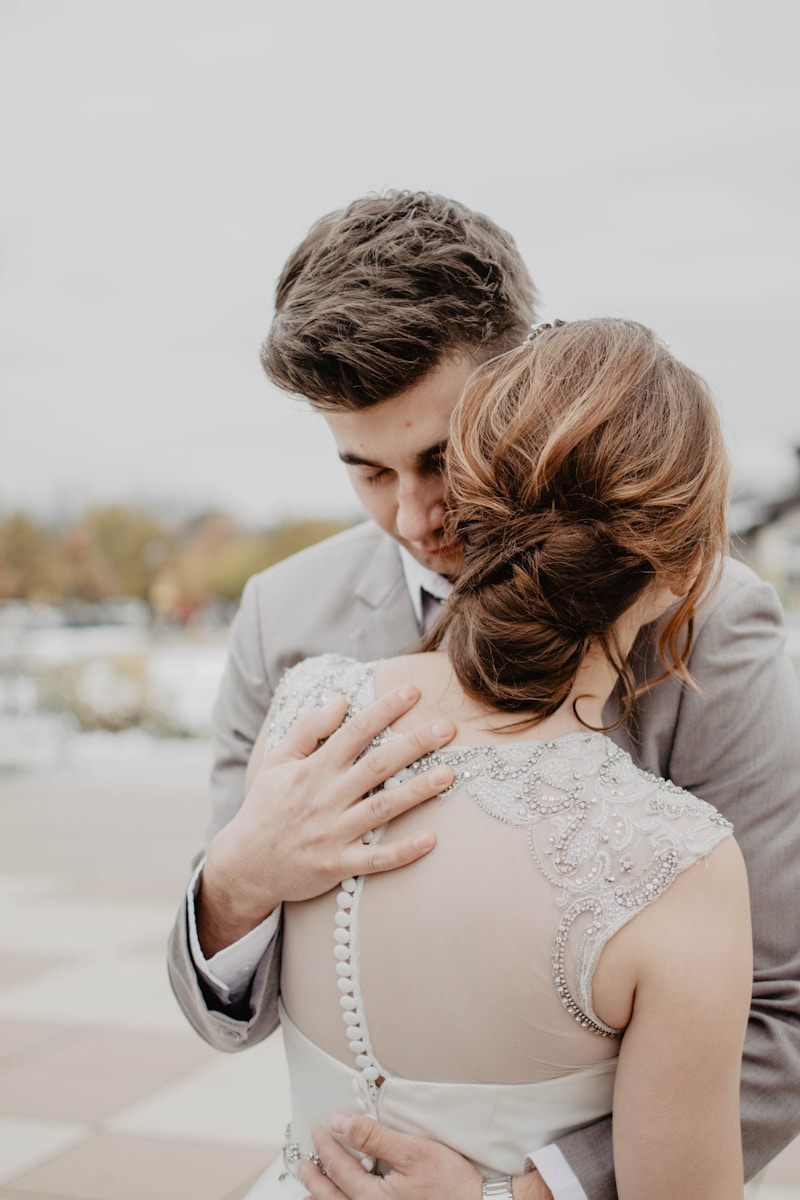The Cultural Significance of Wedding Colors: A Comprehensive Guide
Introduction to the Cultural Significance of Wedding Colors
Weddings are magical events celebrated around the world, but what often goes unnoticed is the importance of color in wedding ceremonies. The colors chosen for wedding attire, decorations, and themes carry deep cultural meanings that can vary significantly from one culture to another. In this article, we will delve into the cultural significance of wedding colors, explore how they can influence emotions and perceptions during the event, and offer insights into various traditions around the globe.
Understanding Colors and Their Meanings
Colors play a pivotal role in weddings; they symbolize various attributes, feelings, and often involve historical traditions that shape a couple's celebration. Let's examine some popular colors and their meanings in different cultures:
| Color | Meaning | Culture |
| Red | Love, prosperity, and happiness | China, India |
| White | Purity and innocence | Western cultures |
| Blue | Calmness and stability | Greece, Spain |
| Green | Fertility and growth | Islamic cultures |
| Black | Mourning and the unknown | Western cultures |
Regional Variations in Wedding Colors
Different cultures have unique associations with colors during weddings. Understanding these cultural significances can help couples navigate their wedding planning more meaningfully. Here are a few noteworthy examples:
1. Chinese Weddings: Embracing Red
In Chinese culture, red is the most auspicious color. It signifies good luck, joy, and prosperity. Couples often incorporate red in their wedding attire, decorations, and even invitations. A traditional Chinese wedding dress is usually a red qipao or cheongsam adorned with intricate gold embroidery. The color red can also be seen in red envelopes, or “hongbao,” that are gifted during the ceremony to bring good fortune.
2. Indian Weddings: The Vibrant Palette
Indian weddings are renowned for their colorful celebrations. Red, orange, and yellow are particularly significant, symbolizing love, fertility, and auspiciousness. It is common for brides to wear a red lehenga or saree, embellished with intricate designs. Rituals like the Mehndi ceremony, where beautiful henna patterns are applied using natural dyes, further incorporate these vibrant colors, enhancing the cultural and emotional aspects of the celebration.
3. Western Weddings: The Purity of White
In Western societies, white is predominantly associated with weddings. This tradition began in the 19th century when Queen Victoria wore a white gown for her marriage to Prince Albert. The color represents purity, innocence, and new beginnings. While white remains a classic choice for brides, contemporary couples often blend this with other colors to express their personal style and unique identities.
Psychological Impact of Wedding Colors
The choice of wedding colors isn't solely a traditional or cultural decision; it can also affect the emotions and atmosphere of the day. Here’s a closer look at how different colors can evoke feelings:
1. Warm Colors: Energy and Enthusiasm
Colors like red, orange, and yellow are known as warm colors, and they can generate feelings of excitement and warmth. Using warm colors for wedding decorations can create an inviting ambiance, making guests feel lively and engaged during the ceremony.
2. Cool Colors: Tranquility and Elegance
Cool colors, including blue, green, and purple, are associated with tranquility and peace. Incorporating these hues into your wedding colors can help create a calming atmosphere, ideal for a serene and elegant wedding ceremony.
3. Neutral Colors: Sophistication and Class
Neutral colors such as beige, gray, and white convey sophistication and can be paired with bolder colors to create a balanced look. These colors are often utilized in modern weddings to create chic and stylish environments.
Exploring Floral Arrangements and Wedding Colors
Flowers play an integral role in weddings, not only in their aesthetics but also in their symbolism. Different flowers are associated with different colors, each carrying its own cultural meaning. Here’s how to choose flowers that resonate with both your color theme and cultural significance:
1. Red Flowers
Roses, tulips, and gerbera daisies in red symbolize love and passion, making them ideal for couples wanting to express a fiery romance. In cultures where red signifies good fortune, these flowers can amplify the positive energy of the day.
2. White Flowers
White flowers such as lilies and peonies represent purity and innocence, aligning perfectly with Western bridal traditions. These floral choices also convey elegance, making them popular in luxurious wedding settings.
3. Yellow and Orange Flowers
Flowers like sunflowers and marigolds are vibrant and cheerful, suitable for joyous celebrations. They resonate particularly well in Indian weddings, where they symbolize brightness and positivity.

Conclusion: The Significance of Choosing Wedding Colors
In summary, the cultural significance of wedding colors is a rich and varied topic that reflects the emotions, traditions, and values inherent in different cultures. From the bright and joyous reds of Chinese or Indian weddings to the classic white gowns of Western traditions, colors add depth and meaning to the nuptial festivities.
When planning a wedding, it’s essential to consider the implications of the colors you choose. Not only will this enhance the emotional experience for you and your guests, but it will also allow you to create a celebration that truly reflects your cultural heritage and personal style. Always remember to incorporate personal touches and select colors that resonate with your beliefs and heritage.
Incorporating the richness of cultural meanings into your wedding colors isn't just about aesthetics—it's about weaving a tapestry of tradition, emotion, and love that will make your special day unforgettable.